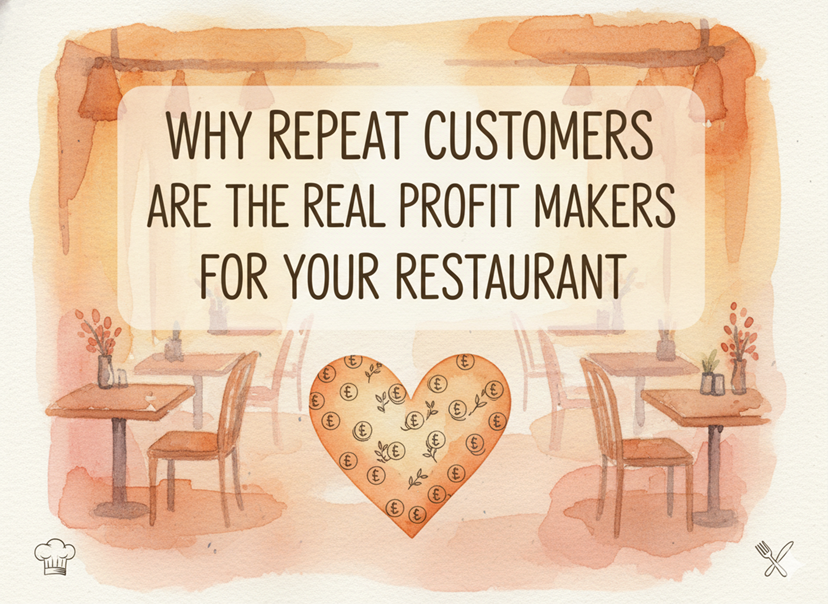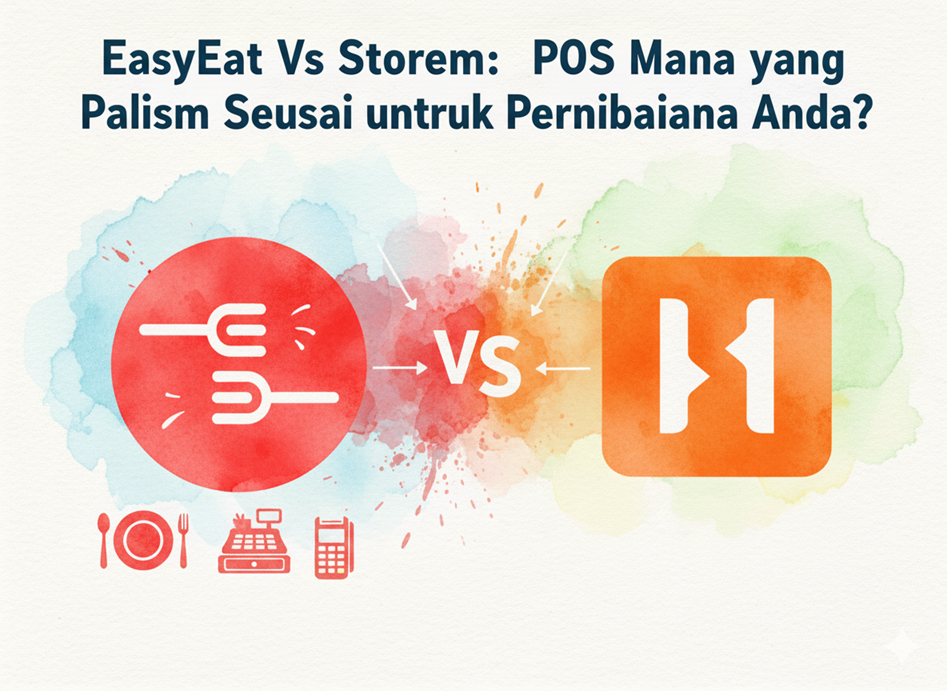In today’s fast-paced world, the restaurant industry is constantly evolving to meet the demands of customers while ensuring operational efficiency. Casual dining restaurants, in particular, face unique challenges in managing their establishments effectively. From handling reservations to tracking inventory and optimizing table turnover, numerous tasks require seamless coordination.
Fortunately, advancements in technology have revolutionized the way restaurants operate, offering solutions to streamline processes and enhance overall performance. One such solution is casual dining restaurant management software, a comprehensive tool designed to simplify daily operations and elevate the dining experience for both customers and staff.
Casual dining restaurant management software is a digital platform specifically tailored to meet the needs of casual dining establishments. It serves as a centralized hub for managing various aspects of restaurant operations, including reservations, table management, menu customization, inventory tracking, employee scheduling, and more.
Features of Casual Dining Restaurant Management Software:
- Table Management: The software provides real-time insights into table availability and status, allowing hosts to assign tables strategically and minimize wait times. Additionally, it facilitates table turnover by automatically notifying staff when a table is ready to be cleared and sanitized.
- Menu Customization: Casual dining restaurant management software enables restaurants to create and customize digital menus, including special promotions, seasonal offerings, and dietary preferences. This feature enhances the dining experience for customers while streamlining the ordering process. It saves printing money as editing the menu becomes easy.
- Inventory Tracking: Keeping track of inventory levels is crucial for maintaining consistency in menu offerings and minimizing waste. The software allows restaurants to monitor ingredient usage, track inventory levels in real-time, and generate automated alerts for low-stock items.
- Employee Scheduling: Managing staff schedules can be a time-consuming task for restaurant managers. With built-in scheduling tools, restaurant management software simplifies the process by allowing managers to create, edit, and distribute schedules efficiently, taking into account employee availability and preferences.
- Reporting and Analytics: Comprehensive reporting tools like end-of-day restaurant reports provide valuable insights into key performance metrics such as sales trends( type of orders whether takeaway or dine-in), total sold items, most preferred dishes customer preferences, and labor costs. By analyzing end-of-day restaurant reports, restaurant owners can make informed decisions to optimize operations and maximize profitability.
- Customer Relationship Management (CRM): Building and maintaining customer relationships is essential for fostering loyalty and driving repeat business. CRM features within the software enable restaurants to capture customer data, track dining preferences, and send personalized promotions and offers.
Certainly! Let’s delve deeper into each point to understand how casual dining restaurant management software can benefit restaurant owners:
1. Increased Efficiency
Casual dining restaurant management software is a centralized platform for managing various aspects of restaurant operations. Automating repetitive tasks and streamlining workflows eliminates the need for manual data entry and reduces the risk of errors. For example, instead of taking orders directly, the staff can enable QR ordering systems so that the orders can directly go to the kitchen reducing the errors. Moreover, the software enables efficient communication and collaboration among staff members. For instance, managers can send instant updates or notifications to servers regarding special requests or changes in table assignments, ensuring smooth coordination during busy service hours. Overall, increased efficiency translates to better utilization of resources, improved service delivery, and ultimately, higher customer satisfaction.
2. Enhanced Customer Experience
In today’s competitive restaurant industry, providing an exceptional dining experience is paramount for attracting and retaining customers. Casual dining restaurant management software plays a crucial role in enhancing the customer experience at every touchpoint. For example, by offering online reservation options through the software’s booking portal, restaurants make it convenient for customers to secure a table in advance, eliminating the hassle of waiting for a table upon arrival.
Additionally, the software enables staff to personalize the dining experience based on customer preferences and past interactions. For instance, servers can access customer profiles stored in the system to greet guests by name, recommend favorite dishes, or acknowledge special occasions such as birthdays or anniversaries. These personalized touches go a long way in creating memorable experiences and fostering customer loyalty.
3. Improved Table Turnover
Efficient table management is essential for maximizing revenue and ensuring a smooth dining experience for guests. Casual dining restaurant management software provides real-time visibility into table availability, enabling hosts to optimize seating arrangements and minimize wait times. For example, the software may display a visual layout of the restaurant floor, indicating which tables are occupied, reserved, or available for seating.
Moreover, the software facilitates seamless communication between front-of-house and back-of-house staff, ensuring timely turnover of tables. For instance, when a table is ready to be cleared and sanitized, the software automatically notifies the serving staff or bussers, allowing them to prepare the table for the next guests promptly. As a result, restaurants can accommodate more diners during peak hours and increase overall revenue without compromising on service quality.
4. Better Inventory Management
Managing inventory effectively is crucial for controlling costs and maintaining menu consistency in casual dining establishments. Restaurant management software offers robust inventory tracking capabilities, allowing owners to monitor ingredient usage, track inventory levels in real time, and generate automated alerts for low-stock items. This proactive approach helps prevent stockouts and ensures that popular menu items are always available to customers.
Furthermore, the software provides insights into food cost percentages, allowing restaurant owners to identify opportunities for cost savings and menu optimization.
5. Data-Driven Decision Making
Access to comprehensive reporting and analytics is a game-changer for restaurant owners looking to make informed decisions and drive business growth. Casual dining restaurant management software offers a wide range of reporting tools that provide valuable insights into key performance metrics such as sales trends, customer preferences, and labor costs. By analyzing this data, owners can identify areas of opportunity, track progress toward goals, and make data-driven decisions that optimize operations and maximize profitability.
6. Streamlined Staff Management
Managing staff schedules and communication can be complex and time-consuming for restaurant managers. Casual dining restaurant management software simplifies staff management by offering built-in scheduling tools and communication features. Managers can create, edit, and distribute employee schedules efficiently, taking into account factors such as availability, skills, and labor regulations.
Additionally, the software facilitates communication between staff members through instant messaging or notification features.
7. Cost Savings
While there is an initial investment associated with implementing casual dining restaurant management software, the long-term benefits far outweigh the costs. By increasing efficiency, enhancing the customer experience, optimizing table turnover, and improving inventory management, the software helps restaurant owners reduce operational costs and maximize profitability over time.
In conclusion, casual dining restaurant management software offers a wide range of features and benefits that enable restaurant owners to streamline operations, enhance the customer experience, and drive business growth. By investing in the right software solution and leveraging its capabilities effectively, restaurant owners can stay ahead of the competition, adapt to changing market dynamics, and build a successful and sustainable business in the ever-evolving restaurant industry.



